10 rare body features most people don't have
)
Despite a worldwide population of over 7 billion people, each one of us has a unique face. This uniqueness also applies to bodies but some people are especially unique on a biological level. From cholesterol self-regulating mechanisms, and unbreakable bones, to "golden blood", these are some of the rarest features very few people have.
1. An extra rib
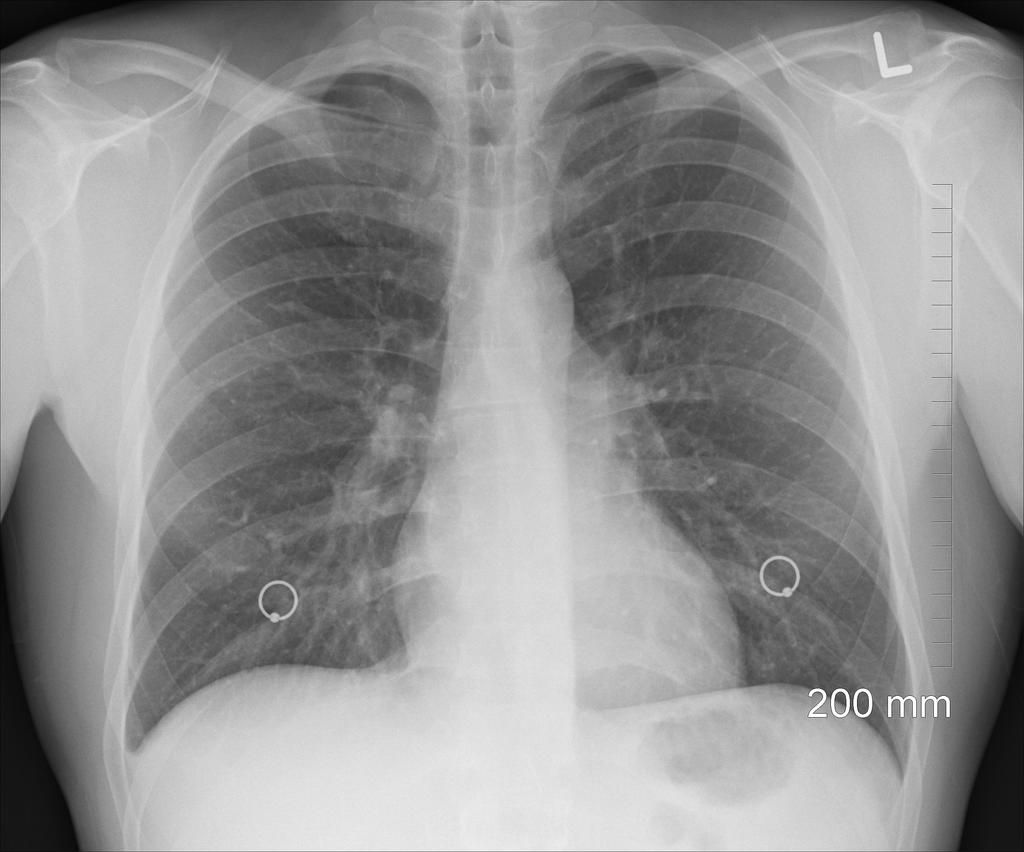
Most people have 12 pairs of rib bones making 24 total ribs in total. However, there's a chance that some people actually have 25 ribs. One in 200 people have a rare body feature that's called a cervical rib according to Health Beat, a publication of the Department of Surgery at Flushing Hospital in New York.
"A cervical rib is present at birth and it forms above the first rib, growing at the base of the neck, just above the collarbone. You can have a cervical rib on the right, left, or both sides." However, it doesn't form completely and may present as a "thin strand of tissue fibres" making it invisible on X-ray scans and unknown to yourself.
2. Golden Blood
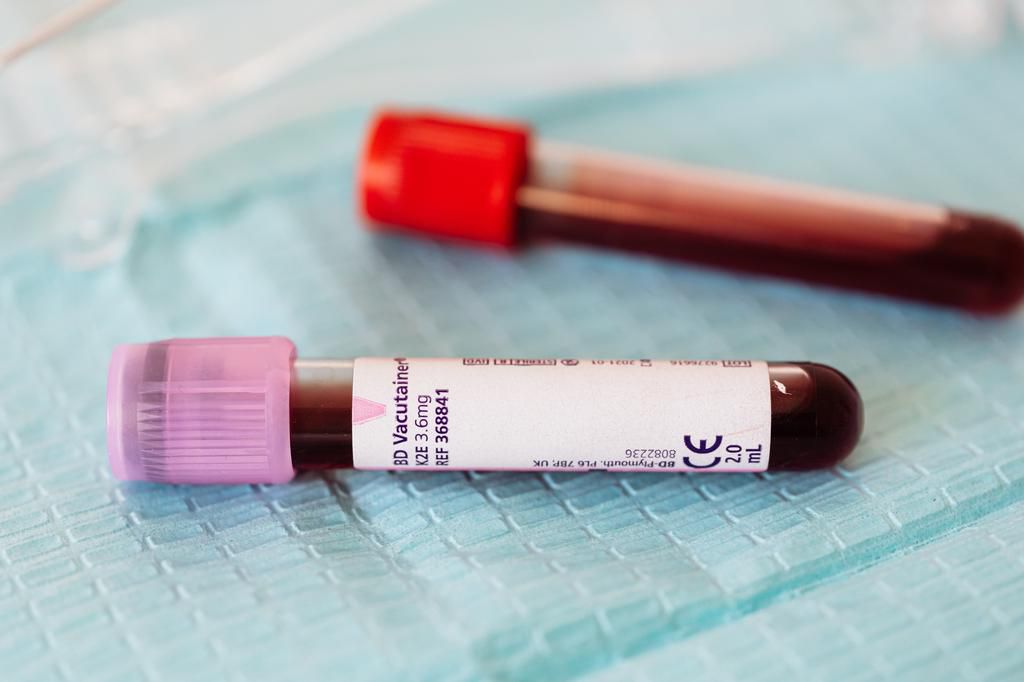
Only about 40 people have this rare body makeup called Rhnull which lacks Rh antigens altogether. In 1961, an indigenous Australian became the first person discovered to have the blood type.
"It's the golden blood," Thierry Peyrard, the director of the National Immunohematology Reference Laboratory in Paris, France, said. Although blood donors are kept anonymous, some scientists have attempted to locate Rhnull donors to ask them for their blood directly, according to the Smithsonian.
3. Cholesterol regulator
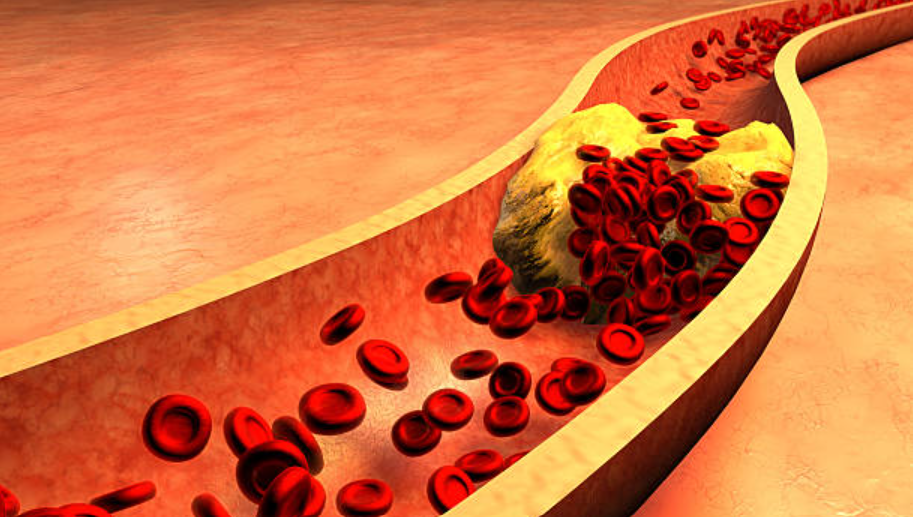
Some people will never worry about keeping their cholesterol under control. These people have a mutation of the PCSK9 gene. According to the U.S. National Library of Medicine's Genetics Home Reference, this gene "provides instructions for making a protein that helps regulate the amount of cholesterol in the bloodstream." When this gene is mutated in a particular way, it keeps bad cholesterol very low.
Only 2.5 per cent of black people have since been found to have a singly-mutated PCSK9 gene and 3.2 per cent of white people have a slightly singly-mutated gene. But these don't get the job done quite like the double mutation which very few people have.
4. The hole near the ear
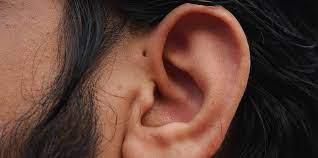
The preauricular pit is a rare body feature. Some evolutionary biologists have theorised that this gill-like feature was actually a gill at some point.
It is "essentially a sinus tract travelling under the skin that doesn't belong there; it's marked by a tiny opening to the tract, right in front of the ear and above the ear canal. The malformation is not associated with hearing impairments, and only rarely associated with a genetic syndrome involving other problems," the Children's Hospital of Philadelphia (CHOP) explains. These pits form during the sixth week of gestation and, in most cases, are only present on one ear.
Unless it develops cysts and infections, you can leave this mysterious feature alone.
5. Super colour vision
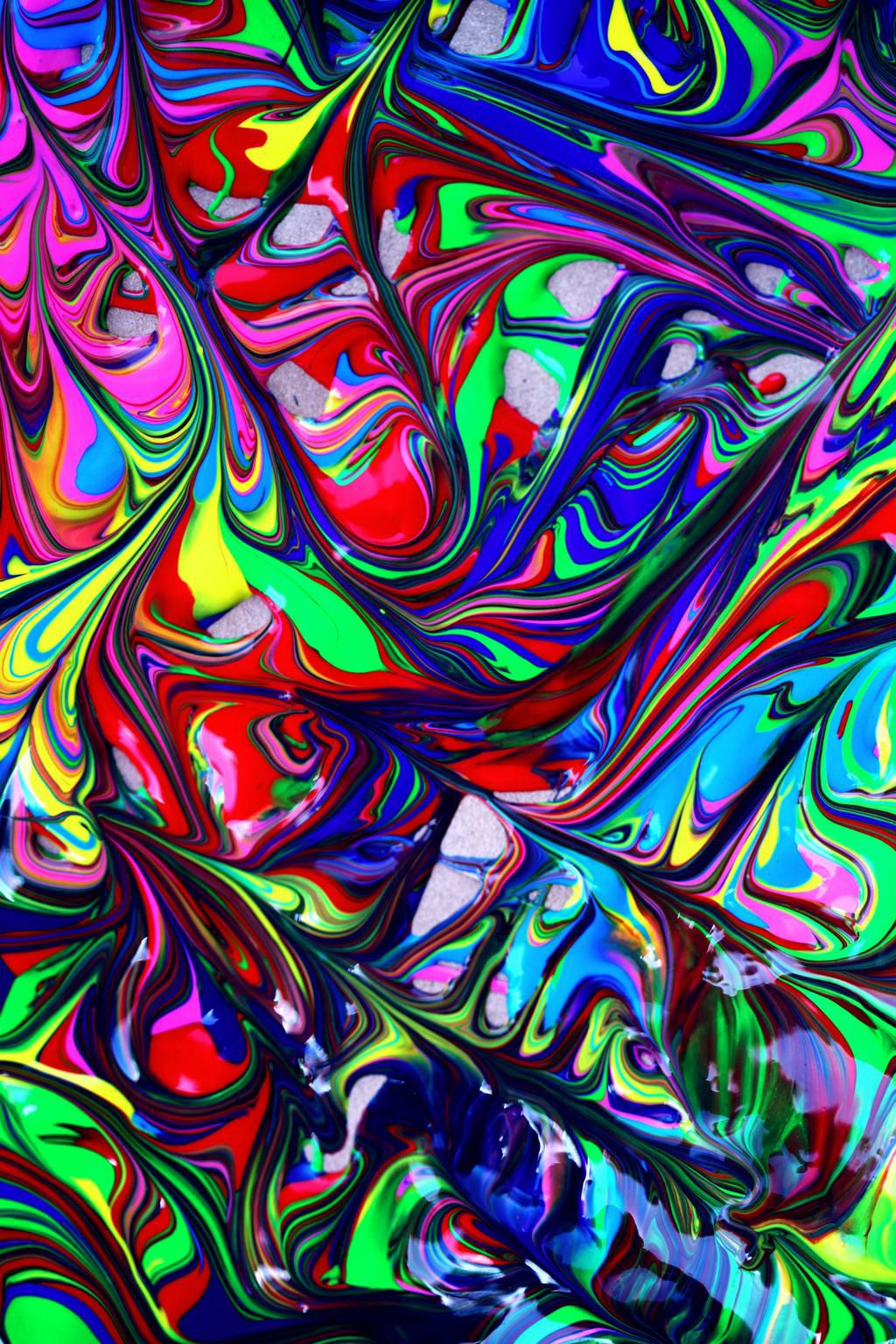
There is a percentage of people called "tetrachromats" who have more cells, that aid our ability to see colours, than others. Our ability to see colour is all thanks to cells in our eyes called cones. Typically people have three types of cones to help them see colour. The "tetrachromats", however, would be able to see 100 million different colours!
Neuroscientist Gabriele Jordan of Newcastle University and her team spent years searching for tetrachromats and, in 2010, they finally found someone who fit the bill, as reported by BBC Future. In subsequent years, more people, interestingly only women, were discovered to see colours that many of us are unable to decipher. The condition may, in fact, be unique to women.
One of these women, Concetta Antico told BBC Future that white is her favourite colour "because it is so peaceful and restful for [her] eyes" compared to every other colour.
6. The double row of eyelashes
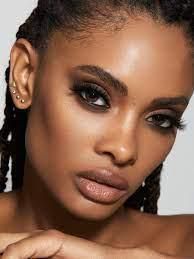
People with distichiasis don't have to get magnetic false lashes like the rest of us. Distichiasis, according to the American Academy of Ophthalmology, is a "condition in which an extra row of eyelashes emerges from the ducts of meibomian glands." It results from a genetic mutation of the FOXC2 gene.
However, before you become jealous of these folk, this feature can impact a person's vision, and cause tearing and eye irritation because the hair grows where there is supposed to be an oil gland on what's considered the wet part of the eyelid.
7. Super taste

About 25 per cent of the population has "super tasters" as researcher Linda Bartoshuk called them according to the Harvard T.H. Chan School of Public Health's The Nutrition Source.
These super-tasters have more visible taste papillae (tiny dots on the tongue) than non-tasters. This rare body feature makes them more sensitive to the taste of certain foods like those that are bitter, sweet, or salty. Because super-tasters also have more pain receptors than non-tasters, they generally do not like spicy food. They are less likely to drink alcohol or smoke or eat as many vegetables.
They also "tend to have superior cardiovascular profiles" and a lower BMI especially women, according to The Nutrition Source.
8. Outie belly buttons
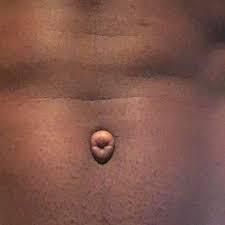
Jiri Hulcr, a postdoctoral research assistant, along with a group of scientists at North Carolina State University founded the Belly Button Biodiversity project where they studied belly buttons. Of the participants, only four per cent reported having an outie belly button, a rare body feature.
9. Unbreakable bones
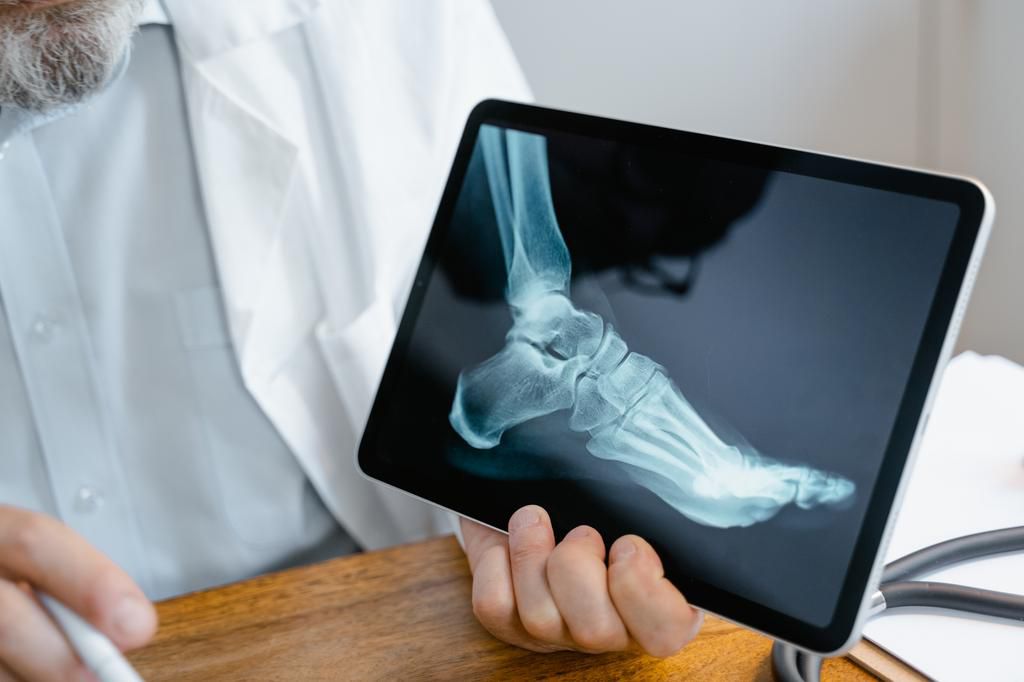
Apparently, there are people who don't have to stress over their calcium intake. People with a mutation in the LRP5 gene have high bone density and, as such, aren't at risk of bone problems such as osteoporosis.
These people are all from one family in Connecticut (USA) and have experienced only one negative symptom: "difficulty staying afloat while swimming."
Richard P. Lifton, chair of the Department of Genetics, told Yale Medicine Magazine, "They have extraordinarily dense bones and there is no history of fractures. These people have about the strongest bones on the entire planet." Their bones are so strong, in fact, that scientists began attempting to create a drug similar to the mutation in an effort to treat and even prevent osteoporosis.
Later on, more people with this mutation were discovered around the US.
10. Lack of wisdom teeth
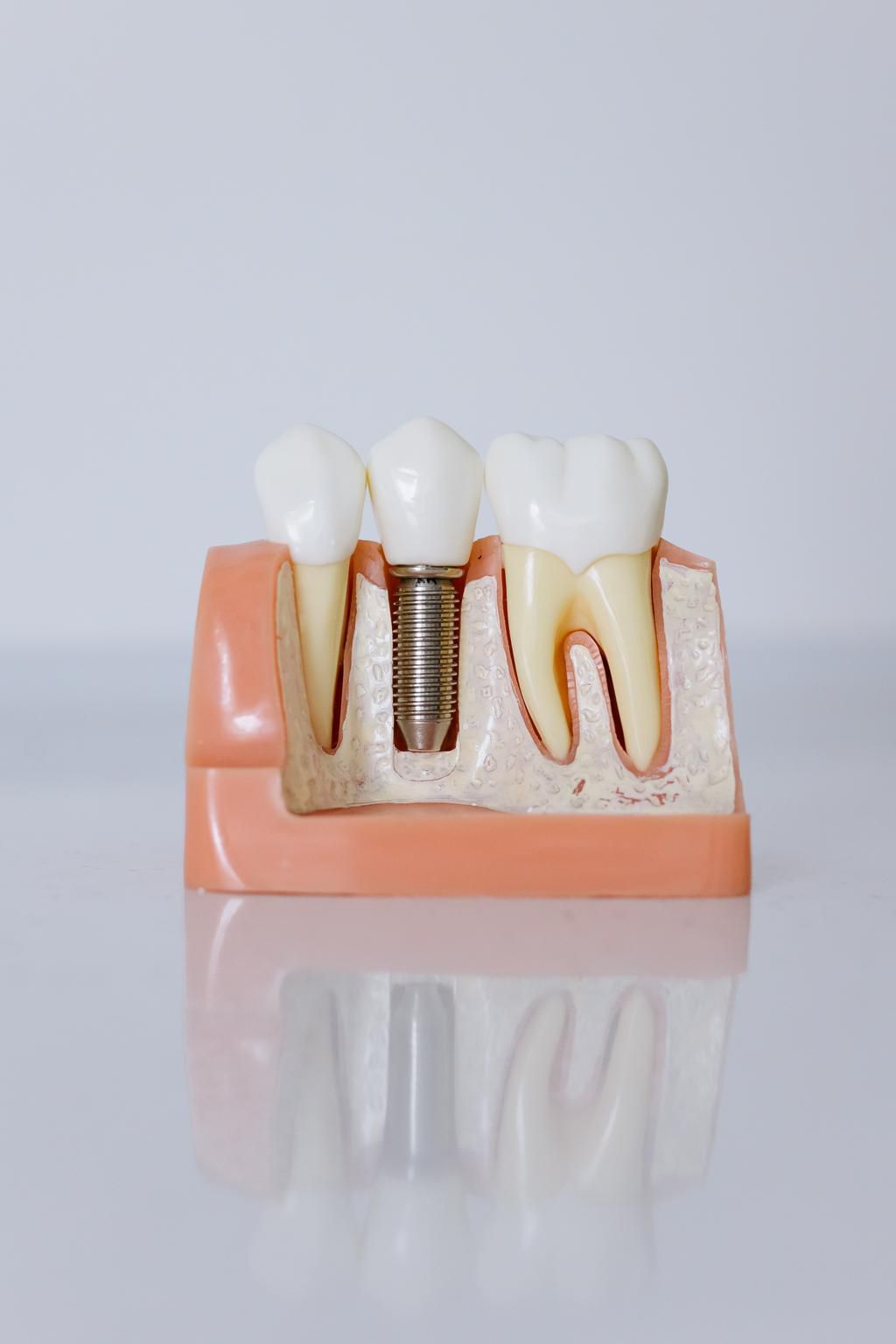
Wisdom teeth may have once been important, but, these days, they're simply a pain. Southern Illinois University's Robert Corruccini told New Scientist that when third molars (aka wisdom teeth) try to break through the gums, they often run out of space. This can lead to them becoming impacted and needing oral surgeons to get them out.
Interestingly, 35 per cent of the population don't have to worry about that surgical problem because they don't have them.
)
)
)
)
)
)